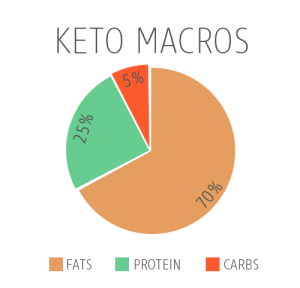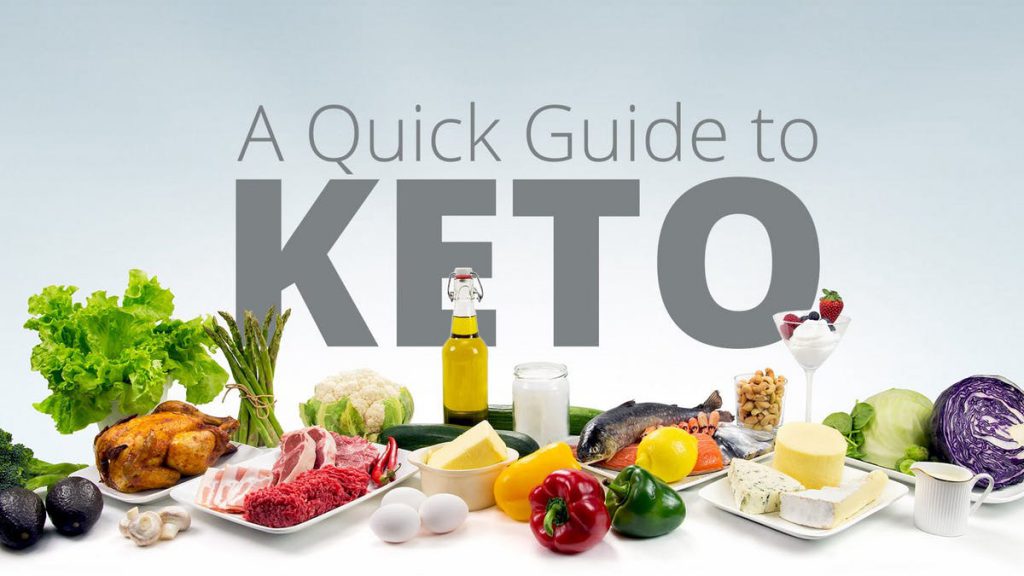A ketogenic diet, shortly called a keto diet, is a high-fat diet that contains low carbs and offers a wide range of health benefits. It replaces the carbohydrates in your food and adds more fat intake. This increases the metabolic rate of your body through a process called ketosis. In this process, your body burns a lot of fat and converts it into energy.
It has helped many people lose a significant amount of weight and improve their overall health. It causes a huge reduction in insulin and blood sugar levels. It, therefore, helps combat a lot of serious as well as everyday diseases and health conditions such as:
- Heart disease
- Cancer
- Alzheimer’s disease
- Epilepsy
- Parkinson’s disease
- Polycystic ovary syndrome
- Brain injuries
- Acne
- Diabetes

Different Types of Ketogenic Diets:
There is a different type of Ketonic Diets with the main difference being the ratio of various constituent nutrients in it. The major types are:
- Standard ketogenic diet (SKD):This is the most common and generic Keto diet and contains 75% fat, 20% protein, and 5% carbs. This level of carbs is low compared to the other types of keto diets.
- Cyclical ketogenic diet (CKD):This diet involves a cycle where a period of a keto diet is followed by a short duration of high carb diet.
- Targeted ketogenic diet (TKD):This is a diet for people involved in physical exercise or works out sessions. It allows additional intake of carbs around the time of the workout.
- High-protein ketogenic diet:As the name suggests, it includes higher protein intake. The ratio is 60% fat, 35% protein, and 5% carbs.
Foods to Avoid:
We now know that keto diets restrict the amount of carbs that you take in. Let us look at some the food items that are suggested to be avoided in the keto diet.
- Sugar
- Grains or starches
- Fruit:Try to limit your fruit intake to just a small portion.
- Beans or legumes:
- Root vegetables and tubers:
- Unhealthy fats (vegetable oil, mayonnaise etc.)
- Alcohol
- Sugar-free diet foods
Foods to Eat
Having looked at what not to eat, let us take a look at the foods that can be a part of your keto diet.
- Meat, Fatty fish and Eggs
- Butter and cream
- Cheese:(Preferably Unprocessed cheese)
- Nuts and seeds
- Healthy oils
- Avocados
- Low-carb veggies
- Condiments
Keep in mind:
The ketogenic diet may have some side effects while your body adapts to the new changes. It is suggested that you start with a normal low-carb diet before plunging into the keto diet. This will acclimatize your body to burn more fats than usual. It is also very essential to consume salts and a lot of water while undergoing the diet. Supplementing your keto diet with minerals, whey protein etc. can also be helpful. As with any diet, it is important to be consistent and follow it over a long period of time, to obtain the best results.
